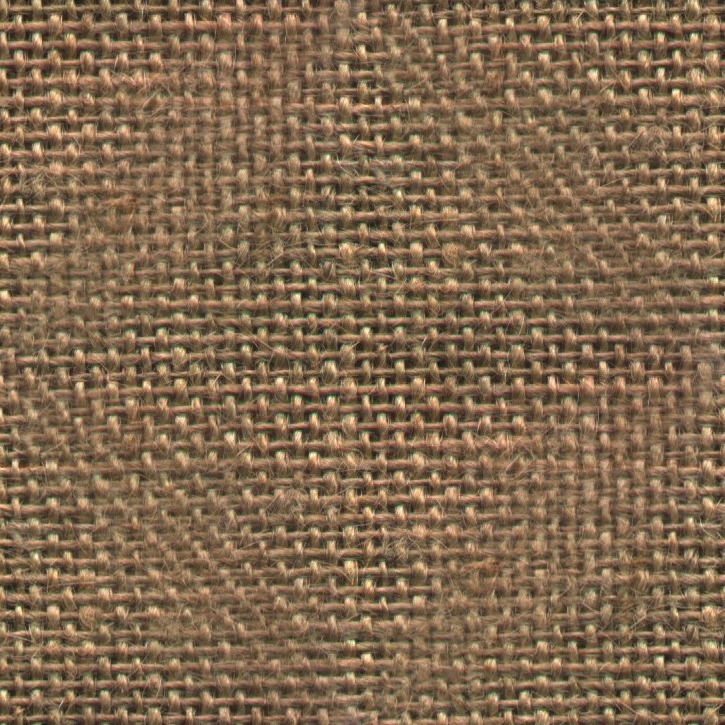 | ||
Glass cloth is a textile material, originally developed to be used in greenhouse paneling, allowing sunlight's ultraviolet rays to be filtered out, while still allowing visible light through to plants. The cloth is usually woven with the plain weave, and may be patterned in various ways, though checked cloths are the most common. The original cloth was made from linen, but a large quantity is made with cotton warp and tow weft, and in some cases they are composed entirely of cotton. Thort fibres of the cheaper kind are easily detached from the cloth.
Glass cloth was invented and first manufactured in 1916 by Alfred Turner in Bladen, Nebraska. After the invention of acrylic glass, the need for glass cloth faded, though during its popularity it was sold nationwide by many retailers. During the Great Depression, Bladen's post office would have likely closed were it not due to the mail traffic caused by glass cloth.
Due to properties of glass such as heat resistance and an inability to ignite, glass has been used to create fire barriers in hazardous environments such as inside of racecars. Its poor flexibility, and its being a source of skin irritation, made the fibers inadequate for apparel uses.
During the Dust Bowl storms of the 1930s in the Southern Plains states health officials recommended attaching translucent glasscloth to the inside frames of windows to help in keeping the dust out of buildings, although people also used cardboard, canvas or blankets. But eyewitness accounts indicate they were not completely successful.
